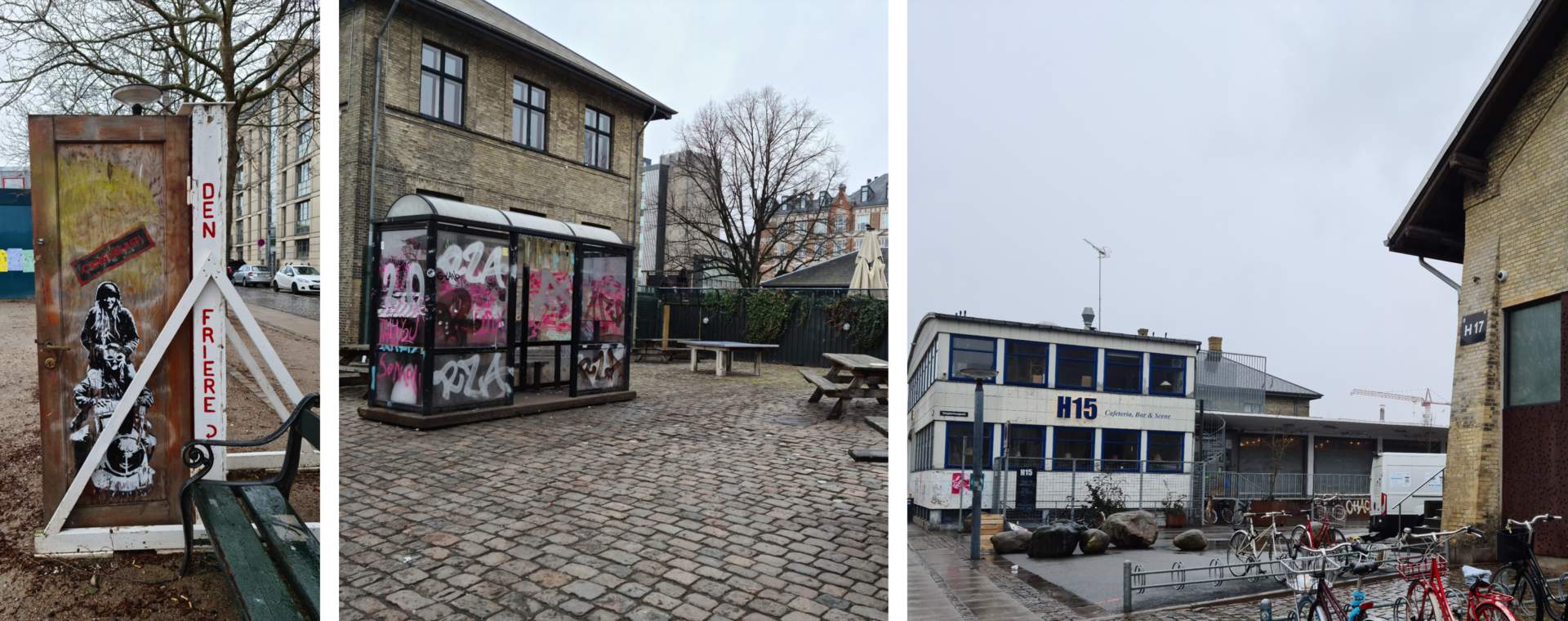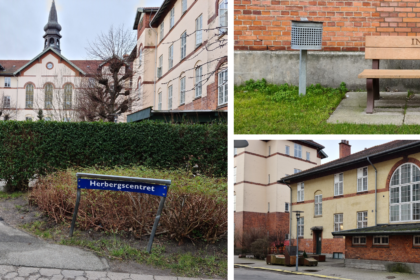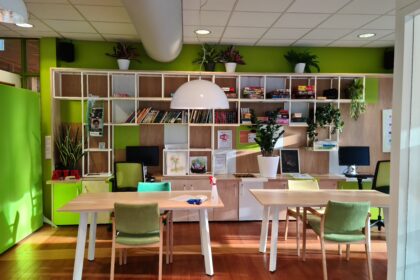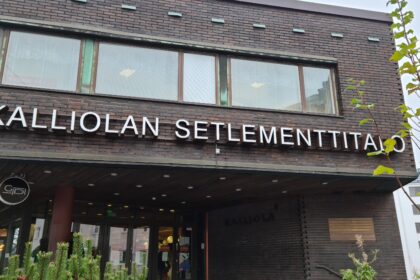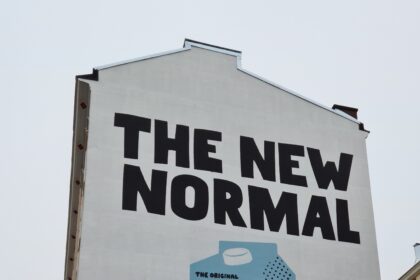Keywords: Gentrification, segregation, place, place-sensitivity, place-making, spatial power, spatial negotiation, urban commercialization, containment, the right to the city, harm reduction, drug use, drug intake.
In this resource, you will find the case “The Men’s Home and Spatial Segregation” and three related themes with each their questions, exercises and related materials:
- Theme 1: What is ‘a place’? Towards a theoretical understanding of place and place-making
- Theme 2: Segregation or co-existence? The right to the city
- Theme 3: Place-sensitivity in social work
You can jump to the different themes by clicking the title of the theme you wish to work with.
Read the case before continuing with the themes:
THEME 1: What is ‘a place’? Towards a theoretical understanding of place and place-making
In the case, you are introduced to different theoretical understandings of place. These all share an understanding of places as material, imagined, lived, affected by rhythms, connected across scales from the global to the individual level, contested and saturated with power (cf. Lefebvre 1991, Harvey 2008, Massey 1994, 2005, Cresswell 2014).
Places are often assumed to be neutral (Lefebvre 1991). But through discussions about who gets to define the meaning and proper use of places, including who moves freely between, or are contained in places, they become linked with politics, policy, and urban planning.
In this theme, we focus on one definition of place: According to geographers John Agnew and Tim Creswell, place can be understood as consisting of three elements: Location (the objective position, a “where”), locale (the physical and social context of a place, a “what”), and sense of place (the individual or collective meanings attached to a place).
The purpose of working with this three-dimensional understanding of place is to enhance your ability to identify, and later act on, the values and power that produce ‘a place.’ In the process, you will gain a better understanding of the relational character of places.
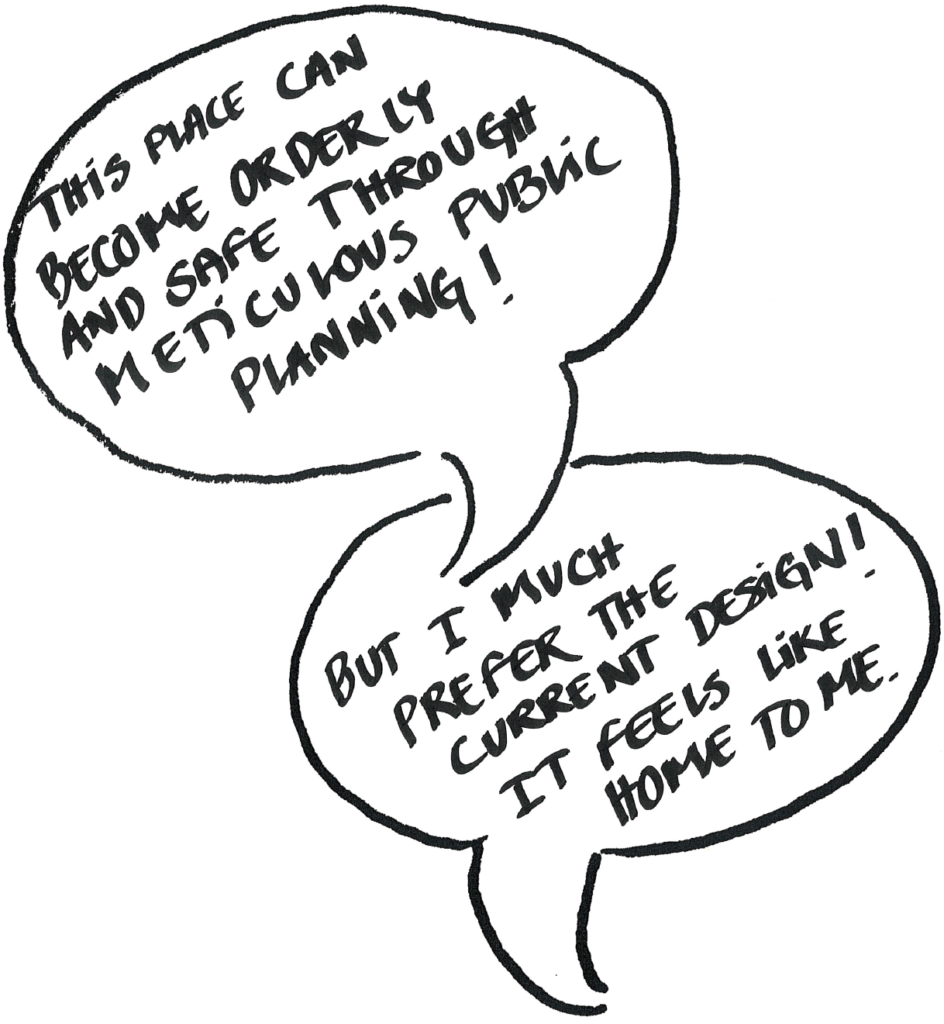
Based on the case, start by describing the Meatpacking District as ‘a place’ from your perspective. Make sure that the description considers all three elements of the place.
Based on your description, discuss the following:
- What is the position from which you describe?
- How is power involved in your description?
- What are the values underlying your description?
- How can a nuanced understanding of place help social workers working with vulnerable urban populations?
Extra material to “What is ‘a place’?”
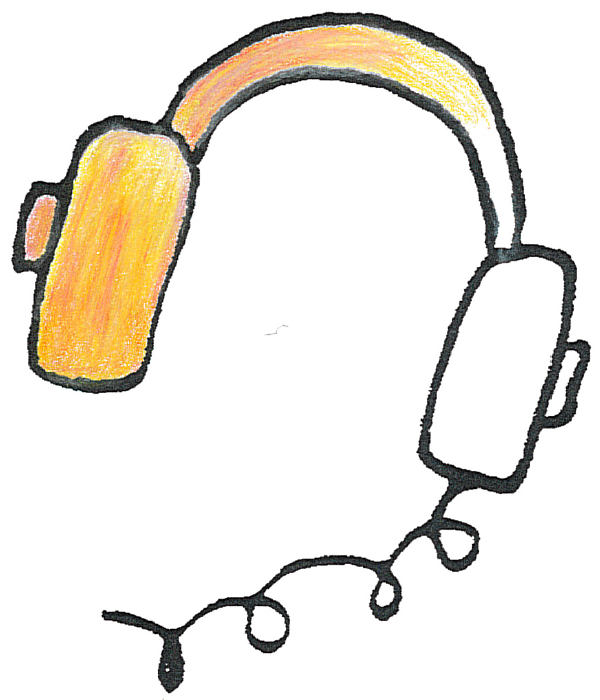
Listen to Leigh Anne Rauhala, senior lecturer in social work, Metropolia University of Applied Sciences, Helsinki and Dorthe Juliane Høvids, senior lecturer in social work, University College Copenhagen, explaining the Urban SOS framework in the podcast “The right to the city.”
Music by Coma-Media from Pixabay
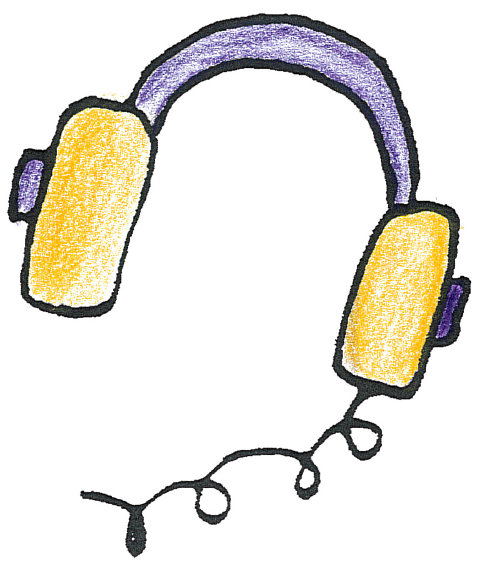
Listen to Isabel Lysholm Jensen, social worker at the Men’s Home talking about the urban changes and gentrification of the area.
Music by Coma-Media from Pixabay
THEME 2: Segregation or co-existence? The right to the city
In the case, you are introduced to different perspectives on the planning and layout of urban spaces. In this theme, we focus on a critical perspective on place-making.
Urbanization is inherently linked to modernisation, the industrial revolution and the consequent development of urban areas that are socially unjust. This is due to the uneven distribution of social infrastructure (schools, proper and affordable housing, access to leisure activities, parks and recreational areas, cultural institutions, commercial life etc.) throughout most cities. Socially vulnerable people are often without a voice in debates on what kind of cities we want. Discussions of the right to the city is one way of addressing this issue.
According to anthropologist and geographer David Harvey, private property rights, commercialization of urban spaces, and market-driven development are the opposite of the right to the city. Processes of private sector and marked-driven urbanization often outdo more participatory and community-based developments, which are familiar to social work as collective methods. Harvey argues that the right to the city is a collective right, closely connected to social justice. Therefore, the right to the city should be center stage in today’s world, where urbanization is at the heart of the global political agenda.
The purpose of working with this theme is to enhance your ability to analyze processes of urban renewal, gentrification, commercialization, segregation and co-existence from a rights-based perspective. Such analytical skills will qualify the planning of participatory and collective actions.
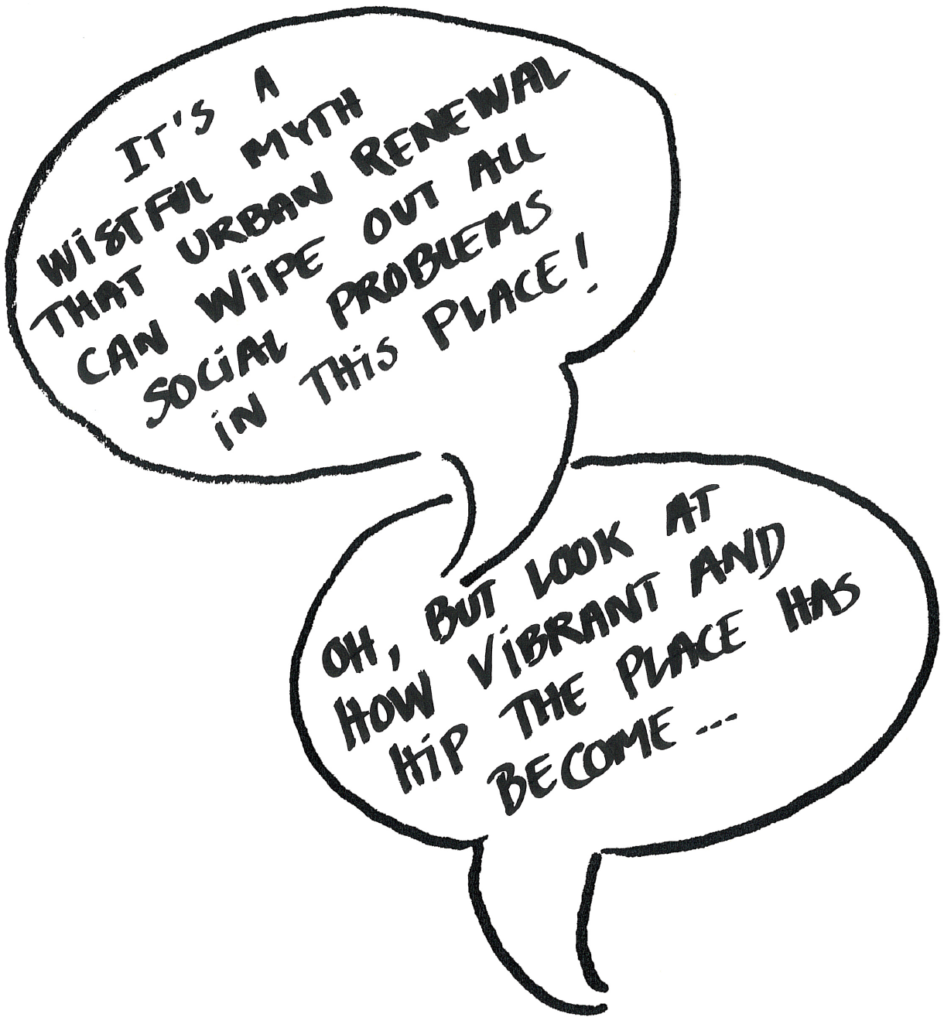
Based on the information you have from the case, discuss the following:
- Which values and ideas can you identify behind the planning of the area around the drug intake facility H17? Consider the position and power of the value-holders.
- Discuss the success and failure of making the values and ideas a part of the everyday life in the area.
- From a rights-based perspective, what are the challenges to accomplishing co-existence and social equality in the area?
- From a social work perspective, what can be done to meet those challenges?
Extra material to “Segregation or co-existence?”
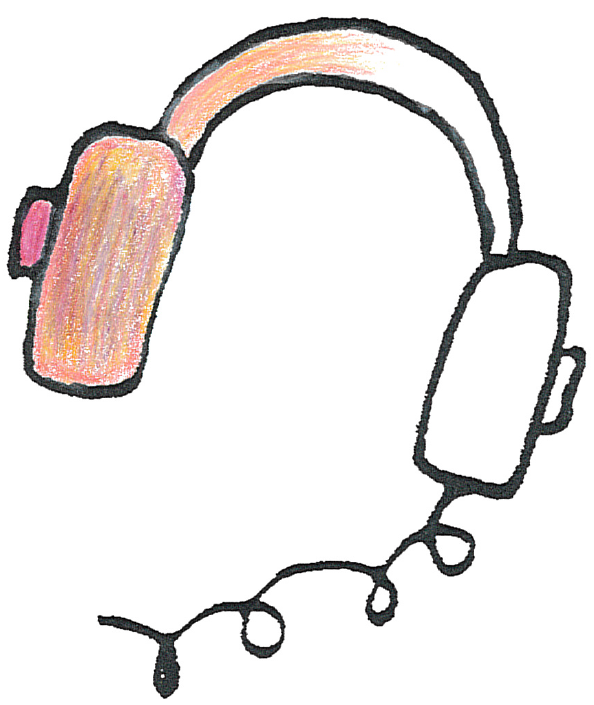
Listen to the statement and reflections from Conni, a user of H17. The audio will give you a perspective on the experience of segregation and Otherness in the area.
Music by Coma-Media, Lucian Ciprian Robu and Alex Golubiev from Pixabay

Listen to the spoken word performance by former Social Work in Urban Areas student Hanna Baert. Hanna’s performance tells the story about Pasila, a central-northern neighborhood and major transportation hub in Helsinki, Finland. The area is going through a radical gentrification process, which fundamentally changes the place. The audio illustrates the ways in which the same urban processes of change, such as gentrification, migration, and commercialization, can be experienced very differently depending on your position and perspective.
Music by Coma-Media from Pixabay
THEME 3: Place-sensitivity in social work
In the prior activities and discussions, focus has been on the power and rights-based dimensions of place and place-making. Here, focus is directed towards some of the implicit, and perhaps more intuitive ways, in which place works on people and vice-versa.
Place-sensitivity involves attentiveness towards the interconnected nature of geographical and social dimensions of place. The purpose of training your place-sensivity is to become more aware of the ways in which places and behavior correlate – what we could call the emotional dimension of place.
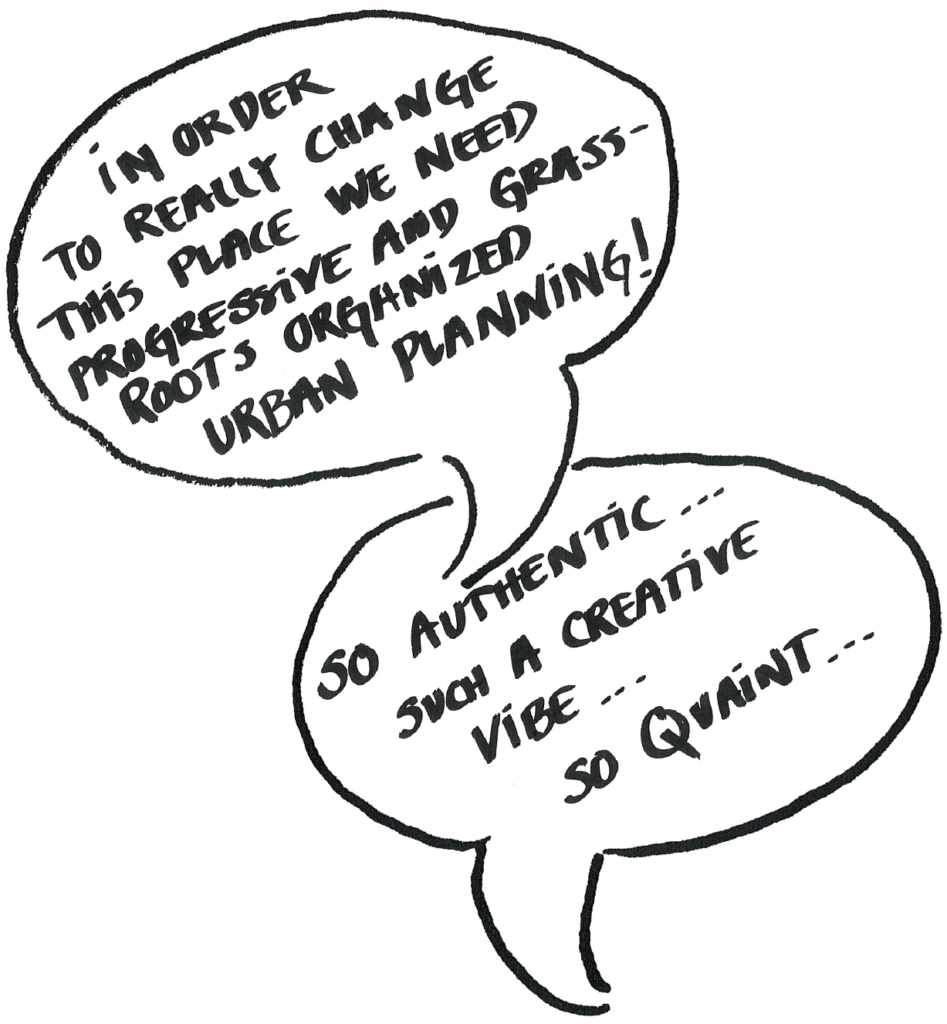
In the case, you are introduced to the Health Room as a specific place at Vesterbro and within the larger organization of the Men’s Home. Based on the three dimensions of place from Agnew and Cresswell, (location, locale, and sense of place) and the information you have about the Health Room, discuss the following:
- How does the three dimensions of place affect the ways in which emotions are expressed, by professionals and service users respectively, in the Health Room?
- In the discussion, be very explicit about which specific elements in each dimension you attach importance to.
Extra material to “Place-sensitivity in social work”

Listen to the podcast with podiatrist Annemarie Mørck Pedersen from the Men’s Home talking about her experience of the correlation between place and behavior in the Health Room.
Music by Coma-Media and Slicebeats from Pixabay
References
Cresswell, T. (2014). “Place.” In: Lee, R, et.al. (eds.). The SAGE Handbook of Human Geography. London: Sage
Harvey, D. (2008), “The Right to The City.” In: New Left Review, 53, 23-40.
Lefebvre, H. (1992). The Production of Space. Wiley-Blackwell.
Massey, D. (1994). Space, Place and Gender. Oxford: Polity Press.
Massey, D. (2005). For Space. London: Sage.
